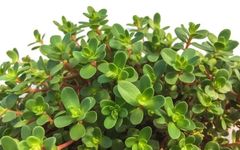Author: Yuan Dejun, Mei Quanxi, Third Affiliated Hospital of Guangzhou University of Chinese Medicine


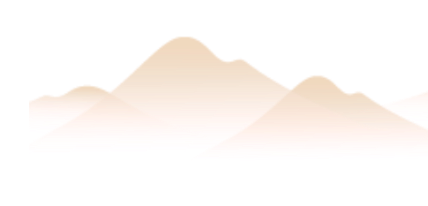


Ben
Cao
Gang
Mu
Stories of Medicinal Herbs
Ma Chi Xian Treating Ulcers



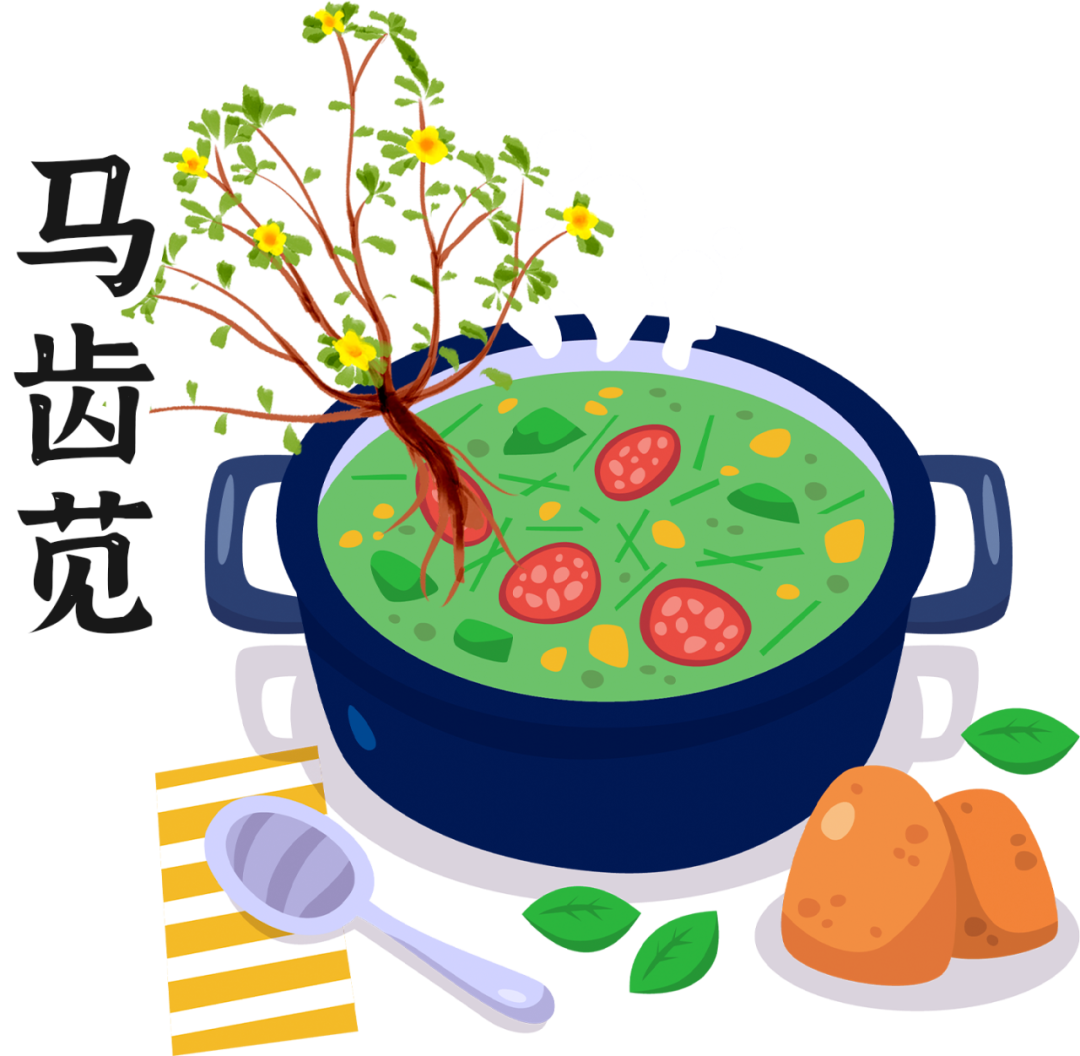
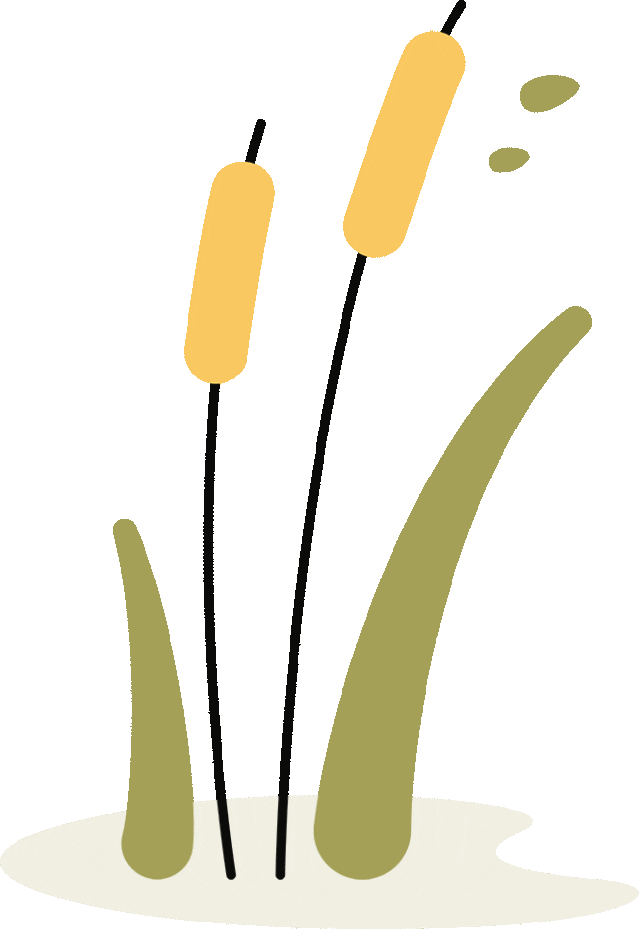
Ma Chi Xian Treating Ulcers
[Shizhen said]: The diseases treated by Ma Chi Xian (Portulaca oleracea) mainly rely on its ability to disperse blood and reduce swelling. [Poem]: For chronic ulcers that do not heal despite numerous treatments, or if there is persistent pain and burning, simply crush Ma Chi Xian and apply it, no more than two or three times. This remedy was proposed by Minister Wu Yuanheng. Wu was in Xichuan and suffered from a painful ulcer on his shin that was unbearable, and despite many doctors’ efforts, it was ineffective. Upon returning to the capital, even the court physicians could not provide relief. A minor official in the court learned of Minister Wu’s stubborn ailment and offered him a remedy: “Collect some fresh Ma Chi Xian, crush it and apply it to the ulcer, changing the dressing daily.” Minister Wu followed this method two or three times, and the ulcer showed significant improvement, eventually healing completely. Minister Wu rewarded this official and often spoke of the miraculous efficacy of Ma Chi Xian in treating ulcers.
—Ben Cao Gang Mu, Volume 27, Ma Chi Xian “Discovery”
Chinese Explanation
Click the image below to expand
Regarding Ma Chi Xian’s effectiveness in treating ulcers, Ben Cao Gang Mu records the following story:
After the An-Shi Rebellion, various local warlords refused to pay taxes. When Emperor Xianzong of Tang ascended the throne, he appointed Wu Yuanheng as the governor of Xichuan to quell the rebellion. However, shortly after Wu took office, during the hot summer, he developed a sore on his shin, with recurring symptoms causing itching, fever, muscle decay, and profuse pus and blood. Despite numerous treatments from military doctors and local famous physicians, there was no significant effect. After being recalled to the capital Chang’an, even the court physicians could not achieve good results. A minor official in the court learned of Minister Wu’s stubborn ailment and offered him a remedy: “Collect some fresh Ma Chi Xian, crush it and apply it to the ulcer, changing the dressing daily.” Minister Wu followed this method two or three times, and the ulcer showed significant improvement, eventually healing completely. Minister Wu rewarded this official and often spoke of the miraculous efficacy of Ma Chi Xian in treating ulcers.
Li Jiang, who had a deep understanding of the art of Qi Huang and was also a chancellor, heard of this incident and recorded it in his medical work Military Department Hand Collection, which gradually spread. The famous physician Li Shizhen in the Ming Dynasty highly recognized the efficacy of Ma Chi Xian in treating ulcers and included this story in Ben Cao Gang Mu. This story involves two chancellors of the Tang Dynasty: Wu Yuanheng, who was both a chancellor and a great poet during the reign of Emperor Xianzong of Tang, and Li Jiang, who was both a chancellor and a good physician. Wu Yuanheng was a great-grandson of Wu Zetian. This shows that Ma Chi Xian is an extraordinary medicinal herb.
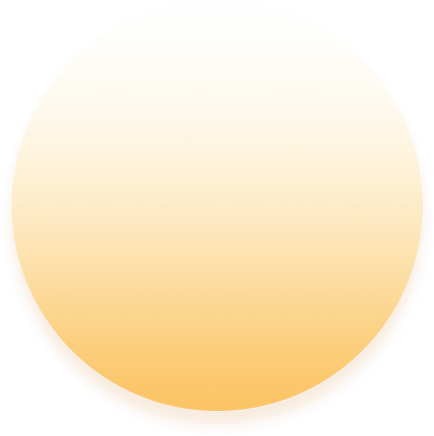
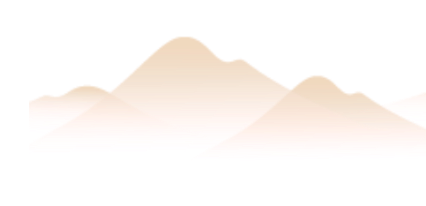
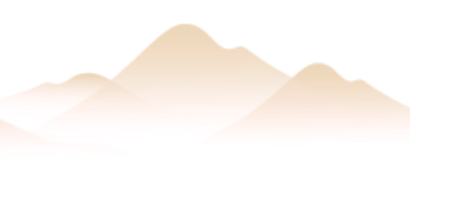
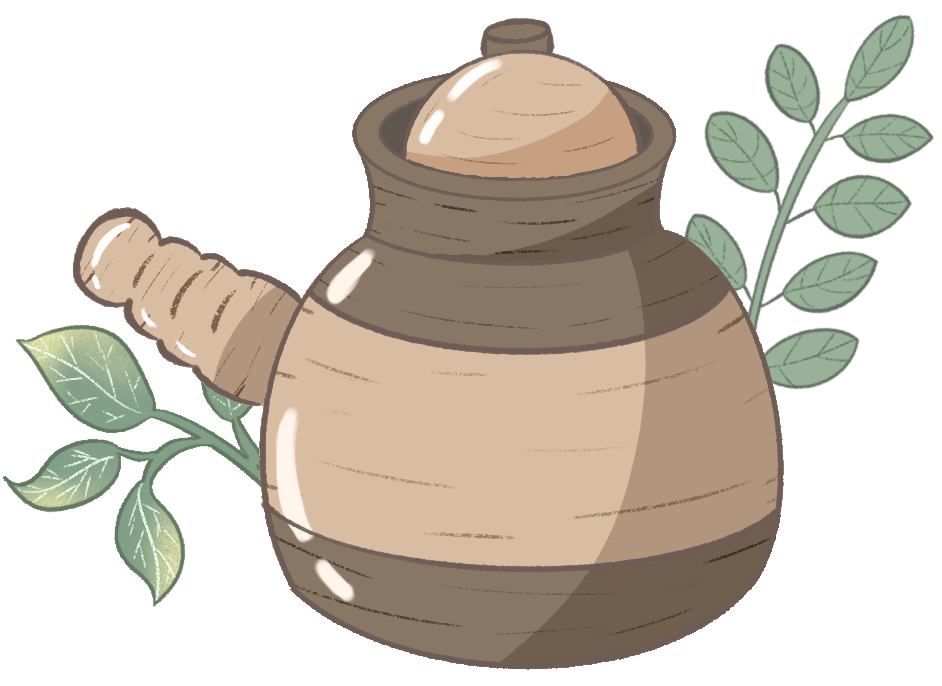
Origin of the Name Ma Chi Xian
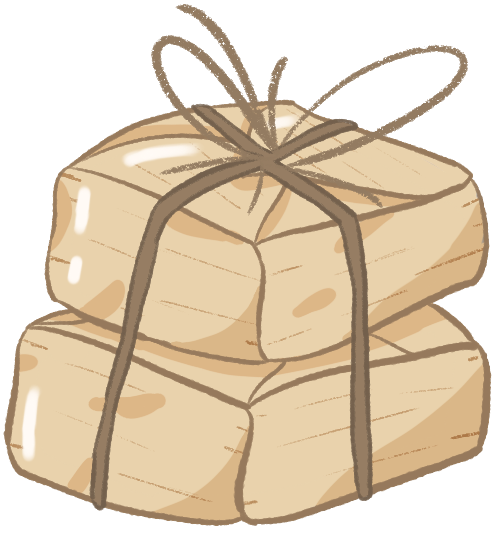

Origin
Name

Ma Chi Xian is the whole herb of the plant Portulaca oleracea. Ben Cao Gang Mu explains the origin of its name as follows: “Its leaves are similar to horse teeth, and its nature is smooth and beneficial like amaranth, hence the name.”
Ma Chi Xian is also known as Wu Xing Cao (Five Elements Grass), Chang Ming Cai (Longevity Vegetable), and Jiu Tou Shi Zi Cao (Nine-headed Lion Grass). The leaves are green, stems are red, flowers are yellow, roots are white, and seeds are black, hence it is also called Wu Fang Cao (Five Directions Grass), which also refers to the Five Elements.
Ma Chi Xian is resilient and difficult to wither (it does not easily die even in drought), and its vitality is extremely strong, distributed worldwide, hence the name Chang Ming Cai (Longevity Vegetable).




Historical Use of Ma Chi Xian


1
Ma Chi Xian has a long history of medicinal use, first recorded in the Ben Cao Jing Ji Zhu during the Southern and Northern Dynasties, stating: “Now there is another type of Ma Chi Xian, which grows on the ground, with very small seeds, commonly referred to as Ma Chi Xian. It can also be eaten, slightly sour.”
2
Xin Xiu Ben Cao records its efficacy as: “It treats various swellings, sores, and warts; crush and apply; drinking the juice treats vomiting, various drips, bleeding from wounds, and is especially good for children.”
3
Ben Cao Gang Mu: “It disperses blood, reduces swelling, benefits the intestines, cools and stops bleeding, detoxifies, and treats postpartum sweating.”
4
Sheng Cao Yao Xing Bei Yao: “It treats dysentery, clears heat toxins, and washes hemorrhoids and sores.”
5
Ben Cao Zheng Yi: “Ma Chi Xian is best at resolving abscesses and heat toxins, and can also be used as a topical medicine.” This shows that throughout history, various herbal texts have recorded its effectiveness in treating sores and abscesses, both internally and externally.




Active Ingredients and Medicinal Use of Ma Chi Xian

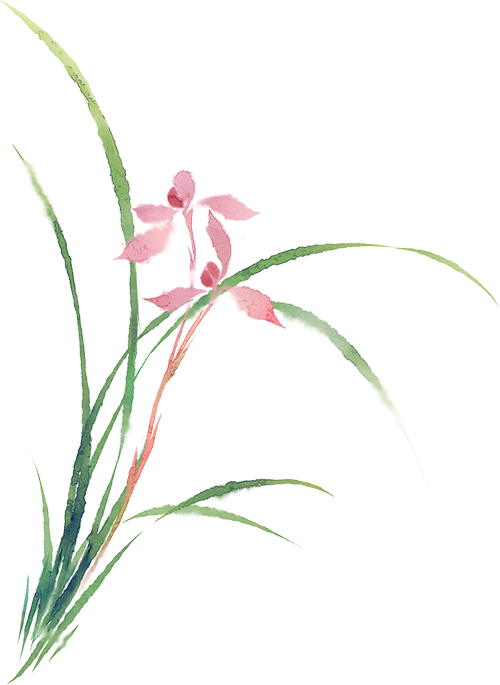
Active Ingredients
Ma Chi Xian contains a large amount of norepinephrine, dopamine, and a small amount of dopa, a high amount of potassium salts, flavonoids, organic acids, steroids, triterpenes, polysaccharides, as well as β-sitosterol, oleanolic acid, betaine, isobetaine, and betaine glycosides.

Medicinal Use
Traditional Chinese Medicine believes that Ma Chi Xian is sour and cold in nature, with effects of clearing heat and detoxifying, cooling blood and stopping bleeding. It is used for treating heat toxin dysentery, abscesses, eczema, erysipelas, snake and insect bites, blood in stool, hemorrhoids, and postpartum bleeding, among other conditions, with significant efficacy. The medicinal methods of Ma Chi Xian include:
1. Internal Use
For diarrhea and dysentery caused by damp heat, about 200 grams of fresh Ma Chi Xian can be boiled in water and consumed as tea throughout the day. Alternatively, it can be washed clean and juiced, which retains the active ingredients to a greater extent, thus acting quickly.
2. External Application
For all types of abscesses and toxic sores on the skin, as long as they primarily exhibit symptoms of heat toxin, whether in the early or later stages, fresh Ma Chi Xian can be crushed and applied externally, secured with gauze. This not only clears heat and detoxifies but also reduces swelling and pain while protecting the skin and wound, promoting healing.
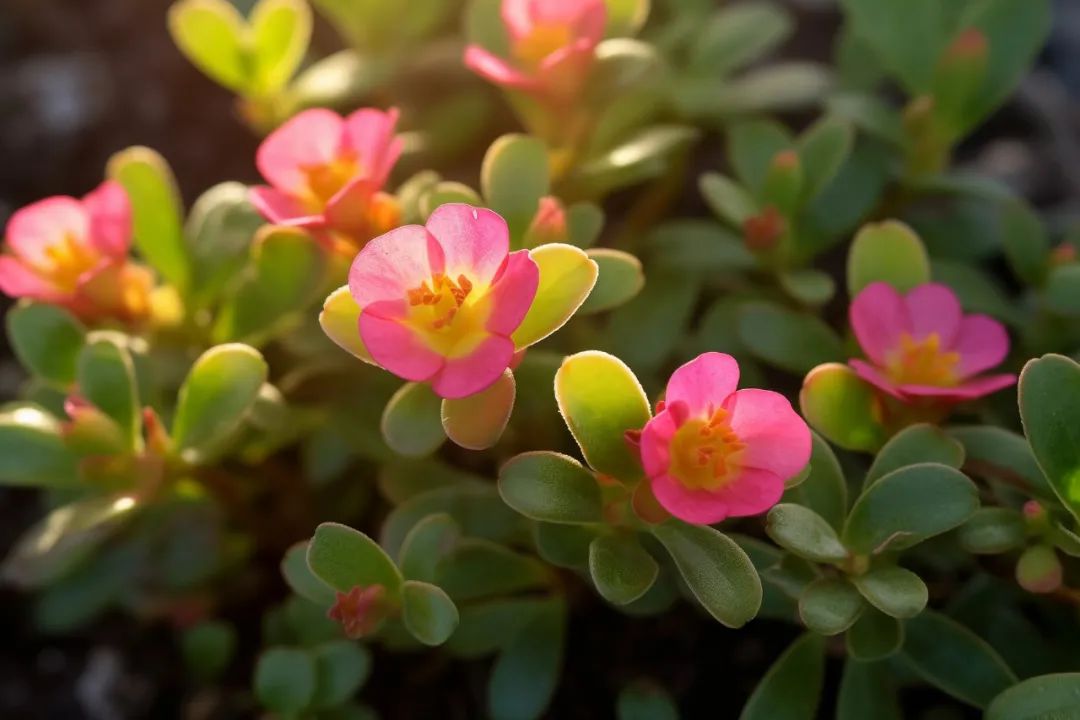




Nutritional Components and Edibility of Ma Chi Xian


Nutritional Components
Ma Chi Xian contains trace elements such as calcium, phosphorus, iron, selenium, and their inorganic salts, thiamine, riboflavin, vitamins B1, A, β-carotene, amino acids, unsaturated fatty acids, sucrose, glucose, and fructose, making it a plant that can be used both as food and medicine.

Edibility
Its history as a food is also long, recorded in the Tang Dynasty’s Shi Liao Ben Cao, and by the Ming Dynasty, it was already consumed as a vegetable. Ben Cao Gang Mu states, “Many people collect the seedlings to boil and dry as vegetables.”
Today, Ma Chi Xian is also very popular as food; its tender stems, leaves, and flowers are all edible, with a slightly sour and slippery taste. Common preparations include cold dishes, stir-fried dishes, and soups. It can be stir-fried with shredded meat or made into pancakes. In 2008, it was included in the menu for the Beijing Olympics and was well-received by international friends.




Comprehensive Utilization of Ma Chi Xian


Utilization

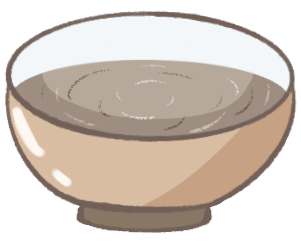
1. Veterinary Medicine:
Ma Chi Xian can be used as veterinary medicine, enhancing the physique and aiding digestion in animals.
Its high water content and crisp texture make it suitable for feeding livestock and poultry, saving on feed costs and reducing the need for medication, making it a high-quality green medicinal feed.

2. Skincare and Cosmetics:
Due to its rich content of vitamins C and E, Ma Chi Xian can help maintain skin elasticity and luster.
It also has anti-inflammatory and antioxidant properties, helping to eliminate free radicals in the body, maintaining skin elasticity and luster, and is effective in treating chronic inflammatory skin diseases such as acne and pimples.
Numerous cosmetic brands containing active ingredients from Ma Chi Xian are available in domestic and international markets, including masks, serums, toners, and cleansers, mainly focusing on moisturizing, soothing, and anti-allergy effects.

3. Health Supplements:
Ma Chi Xian is rich in nutrients such as vitamins A and C. Fresh Ma Chi Xian can be juiced or dried and boiled to make oral liquids, which can help supplement the nutrients needed for eye health, relieve eye fatigue, and protect vision.




Pharmacological Effects of Ma Chi Xian

1
Antibacterial Effects
Ma Chi Xian is known as “nature’s antibiotic”. Modern pharmacological studies show that the water decoction of Ma Chi Xian has inhibitory effects on Shigella, Salmonella, and other pathogenic bacteria.
Both alcohol extracts and water decoctions have certain inhibitory effects on Escherichia coli, typhoid bacillus, Staphylococcus aureus, and Bacillus subtilis, hence it is referred to as the “nemesis of dysentery”.
2
Diuretic and Antihypertensive Effects
Ma Chi Xian contains a large amount of potassium salts, which have good diuretic effects; potassium ions can also act directly on blood vessel walls, causing them to dilate and preventing arterial wall thickening, thus lowering blood pressure.
3
Blood Lipid Lowering and Anti-Atherosclerosis Effects
Ma Chi Xian contains an omega-3 fatty acid called alpha-linolenic acid, which can inhibit the production of serum cholesterol and triglycerides in the body, reducing blood viscosity, promoting blood vessel dilation, and preventing platelet aggregation, coronary artery spasm, and thrombosis, thus playing a role in preventing atherosclerosis and treating heart disease.
4
Other Effects
Ma Chi Xian is rich in vitamin A-like substances and carotenoids, which can normalize epithelial cell function and promote ulcer healing.
It can eliminate toxins, prevent phagocytic cell degeneration and necrosis, and also prevent lymphangitis and fibrous changes, thus preventing the formation of silicosis nodules.
Its water extract has isoproterenol-like effects on the heart and trachea, enhancing myocardial contractility and accelerating heart rate, thus having a cardiotonic effect.
Ma Chi Xian polysaccharides can enhance immune cell function, and Ma Chi Xian has a bidirectional regulatory effect on the uterus in animals, as well as effects on the small intestine and skeletal muscle.




Folk Remedies


Folk
Remedies


1. Treatment for Bee Stings
Take 20-30g of fresh Ma Chi Xian, wash it, and crush it into a paste, applying it evenly to the sting site. Pain relief occurs in about 5 minutes, and redness and swelling will subside. Apply twice daily.

2. Treatment for Acute Scrotal Eczema
Take 100g of Ma Chi Xian (or 200g of fresh product). Add 1000ml of water and boil, then use the liquid to steam the affected area, followed by washing the scrotum with gauze dipped in the liquid. Each session lasts 20 minutes, twice daily.

3. Treatment for Hormone-Dependent Dermatitis
Take 200g of fresh product or 100g of dried product. One dose daily. Juice the fresh product or decoct the dried product for external use. After washing the face with warm water, repeatedly apply the juice to the affected area for 15 days, and depending on the condition, 1-2 courses may be used.

4. Treatment for Tuberculous Lymphadenitis Ulceration
Take 180g of dried product, wash and dry, then grind into fine powder, mix with 240g of cooked lard while hot, stirring continuously until white smoke appears. Remove from heat, add 240g of honey, and mix into a paste. After cooling, apply to the ulcer after cleaning with rice washing water, spreading it according to the size of the ulcer, covering with gauze, and changing every two days until healed.

5. Treatment for Flat Warts
15g of bitter herb, 60g of Ma Chi Xian, 15g each of Zi Cao (Lithospermum) and Da Qing Ye (Isatis). Method: Wash the herbs, add appropriate water, boil vigorously, then simmer for a while, extract the juice, and mix with honey. One dose daily, divided into morning and evening, for a 14-day course.

6. Treatment for Jaundice
Juice fresh Ma Chi Xian, about 30g each time, and take with boiling water, twice daily.

7. Treatment for Early Chronic Appendicitis
60g each of Ma Chi Xian and Dandelion, decocted twice, concentrated to 200ml, taken in two doses.

8. Treatment for Simple Diarrhea in Children
Take 250-500g of fresh Ma Chi Xian, decoct, add appropriate sugar for flavor, and consume within one day, for 2-3 days.

9. Treatment for Whooping Cough in Children
Take 100ml of 50% Ma Chi Xian syrup, four times daily, for three days.

10. Bacterial Dysentery and Enteritis
750g of fresh Ma Chi Xian. First steam for 3-4 minutes, crush and extract about 150ml of juice. Take 50ml each time, three times daily.




Precautions
1. Due to its cold nature, those with spleen deficiency and loose stools should use it cautiously.
2. Pregnant women should use it cautiously due to its slippery nature, which may induce miscarriage.
3. Since it is rich in potassium nitrate, potassium chloride, potassium sulfate, and other potassium salts, caution should be taken to prevent hyperkalemia when used with potassium-sparing diuretics.
4. Ma Chi Xian contains some components that may cause allergic reactions; those with allergies may experience skin itching and rashes after consumption, so they should avoid it.
5. Start with a small amount, and gradually increase if no adverse symptoms occur.
Author Introduction
Yuan Dejun, Third Affiliated Hospital of Guangzhou University of Chinese Medicine
Mei QuanxiChief Herbalist
Professor at Guangzhou University of Chinese Medicine, doctoral supervisor, consultant for the Pharmacy Department of Baoan District Traditional Chinese Medicine Hospital in Shenzhen, distinguished professor at the Third Affiliated Hospital of Guangzhou University of Chinese Medicine, head of the Pharmacy Department, and president of the Li Shizhen Research Branch of the Chinese Association of Traditional Chinese Medicine.
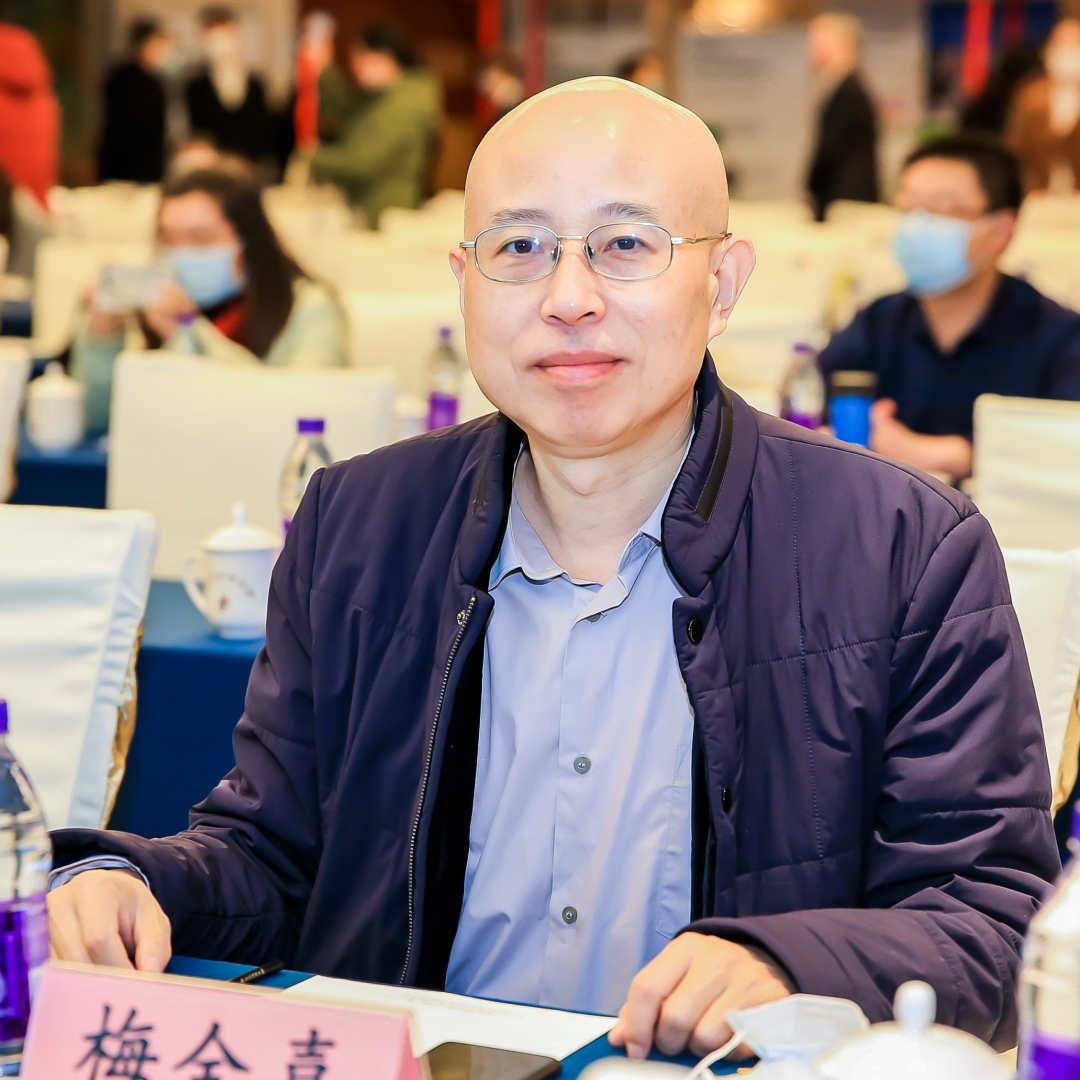


The images in this article are from Shetu Network, and the illustration of Li Shizhen collecting herbs was hand-drawn by He Jiaxin, a student from Class 2A of Hong Kong Sheng Kung Hui St. Simon Lui Ming Choi Secondary School. This article is an original work of “PSM Yao Dun Public Welfare”; please leave a message if you need to reprint.
Thanks to the following participants:

Reviewed and edited by: Liu Kaifei, Pharmacy Department, Jingzhou Central Hospital
Art Design: EBLAST Liu Jiaqi


Previous Reviews
– Stories of Medicinal Herbs from Ben Cao Gang Mu Part 51: Chen Pi for Diarrhea Treatment
– Stories of Medicinal Herbs from Ben Cao Gang Mu Part 52: Huang Bai for Clearing Heat in the Lower Jiao
– Stories of Medicinal Herbs from Ben Cao Gang Mu Part 53: Xia Ku Cao for Eye Pain Treatment
– Stories of Medicinal Herbs from Ben Cao Gang Mu Part 54: Xiong Huang for Insect Killing and Detoxification
– Stories of Medicinal Herbs from Ben Cao Gang Mu Part 55: Luo Bo for Qi Regulation and Digestion


Click to read the original text, search for Ben Cao Gang Mu stories of medicinal herbs

